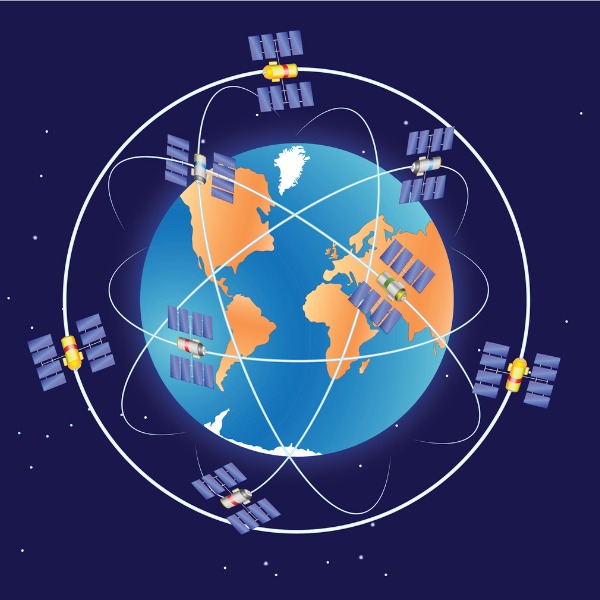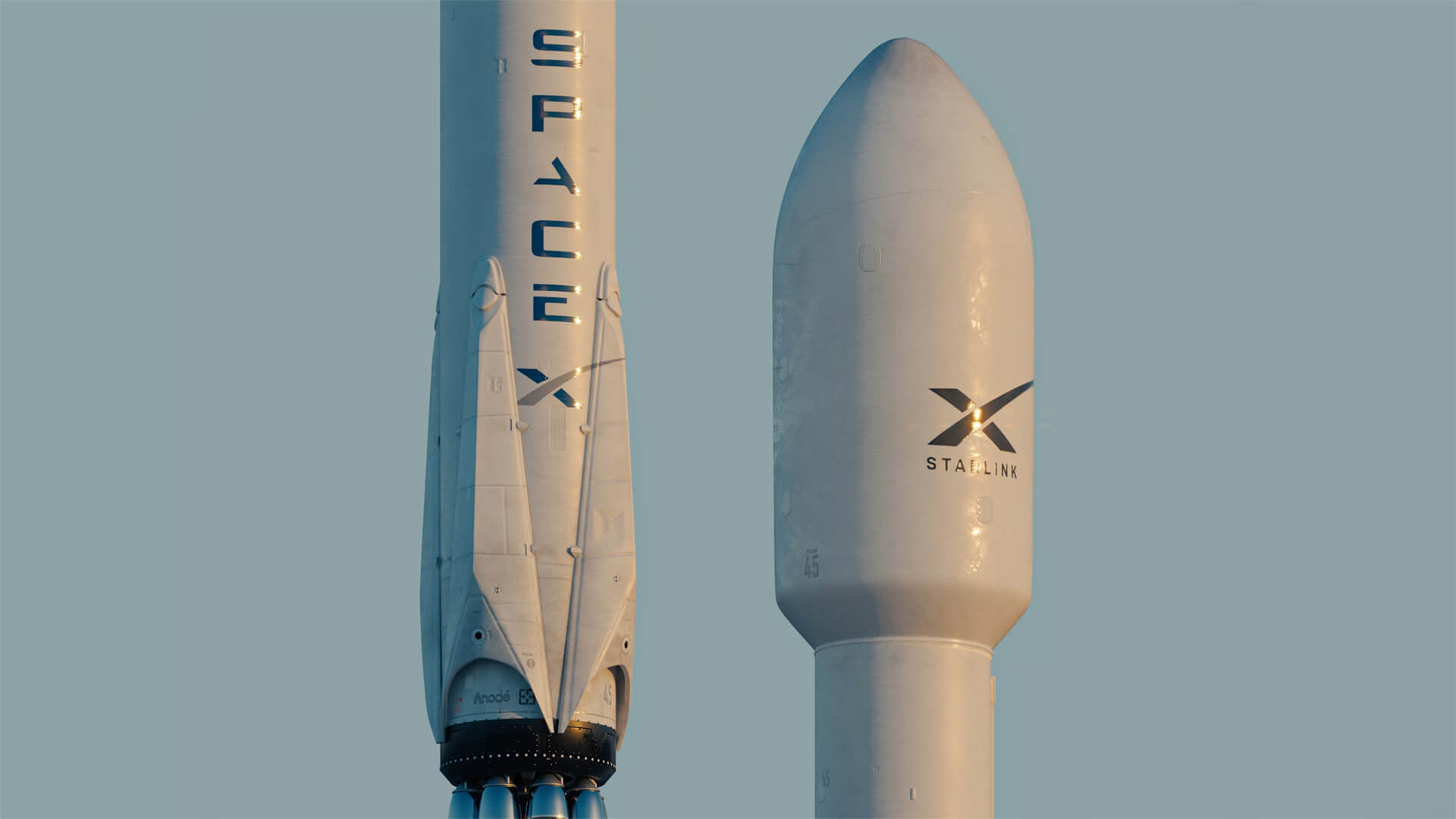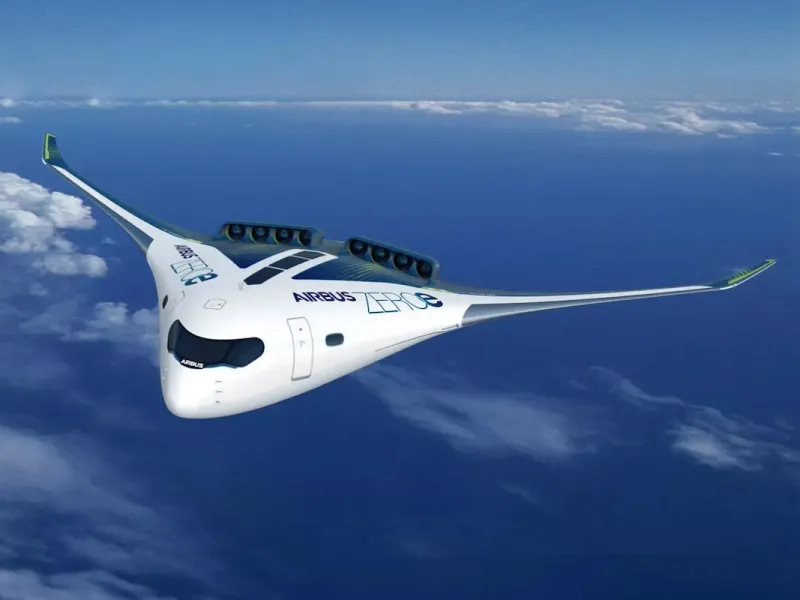Satellites are necessary for everything from global communication to navigation in today's world. However, how can these machines stay in the air above the ground without tumbling? Physics provides the solution, particularly the equilibrium between gravity and speed that maintains satellites in a steady orbit.
What Is an Orbit?
An orbit is the curved path an object takes around a larger body, like Earth. Satellites remain in orbit due to the Earth's gravitational pull combined with the satellite’s forward speed.
The ball will eventually hit the ground if you throw it quickly enough. A satellite, however, travels so quickly in space, where there is no air resistance, that it repeatedly passes Earth as it "falls" towards it. As a result, an orbit becomes stable.
The Physics Behind Staying in Orbit
Satellites remain in orbit because of Newton's laws of motion. They are pulled toward Earth by gravity, but because they’re moving so fast sideways, they keep going around it instead of crashing into it.
If the satellite's speed falls too much, gravity will pull it back to Earth. If it travels too fast, it might totally defy Earth's gravity. To keep satellites balanced, engineers meticulously determine the ideal altitude and velocity.
Types of Orbits and Their Uses
Various satellites are positioned in various orbits based on their intended use: Between 300 and 2,000 kilometres above Earth is known as low earth orbit (LEO). utilised for the International Space Station, Earth observation, and imaging.
2,000 to 35,786 kilometres is the Medium Earth Orbit (MEO). utilised by satellites for navigation and GPS.
With a geostationary orbit (GEO) of 35,786 kilometres, these satellites remain stationary above a single location and are perfect for communications and weather forecasting.
Each orbit offers trade-offs between coverage, speed, and fuel efficiency.
Conclusion
Satellites don’t float they’re in a delicate dance between motion and gravity. Understanding how they stay in orbit helps us appreciate the science and precision behind space technology. These silent machines circling above us keep the modern world connected, guided, and informed.



